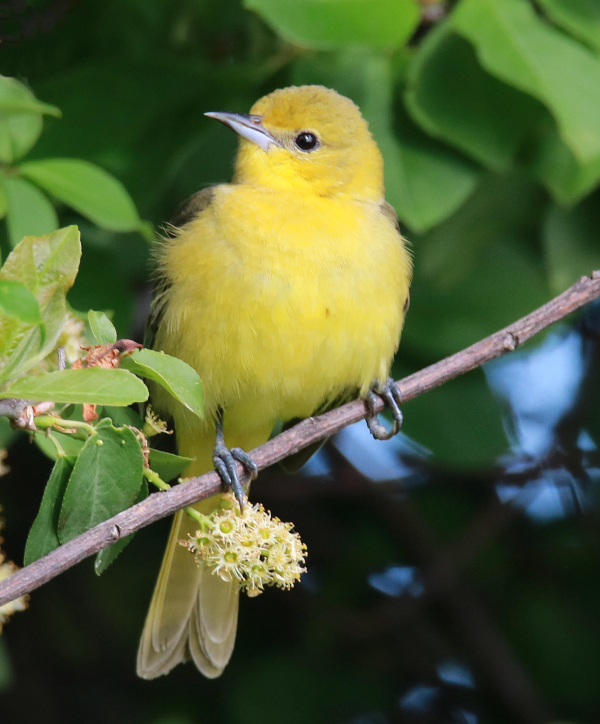
Many species of birds that nest in the United States and Canada winter in Latin America, including Orchard Orioles that winter in Colombia (photo by Paul Konrad).
|
A recent study by Audubon shows that 85 percent of most important sites for the conservation of migratory, endemic, and globally threatened birds in Colombia overlap with important sites for regulating water. For that reason and others, Audubon believes that birds should take center stage at the upcoming meeting of the Convention on Biological Diversity (COP 16), which will be held from October 21 to November 1st in Cali, Colombia. Audubon and its local and hemispheric partners consider the COP 16 meeting to be an opportunity to demonstrate how birds connect us to the needs of nature and humanity.
Recent studies show that birding is increasing in popularity across the Americas, with more than 96 million birders active in the United States alone. There is an opportunity to connect birders and the need to make policy and investment changes to protect birds and biodiversity while ensuring the economic well-being of local communities. That reflects the power of birds.
Audubon is promoting the fact that birders, society, and businesses should coordinate efforts and work together to address climate change adaptation and mitigation, to collaborate with governments to effectively implement conservation initiatives. Birds can serve as our guides and ambassadors in this collective effort toward a more sustainable future at the upcoming COP 16 meeting.
It's a chance to galvanize people to create local, national, and global movements, and call on our governments to make this a priority investment. Colombia hosts more than 1,900 bird species, and the National Bird Conservation Strategy is facilitated by Audubon, the Humboldt Institute, and others with support from the Colombian Ministry of Environment – an inspirational example of how society can organize itself to protect its natural resources.
The National Bird Conservation Strategy includes more than 2,000 people from diverse socio-economic backgrounds as well as the environmental, academic, public, private, regional, autonomous, and corporate sectors. The objective is the conservation and sustainable management of key habitats for birds, nature, and local communities.
To learn more about Audubon’s interests in the upcoming 16th Convention on Biological Diversity (COP 16), you can refer to the original article published online by Audubon at Birds, the Best Ambassadors of Biodiversity | Audubon